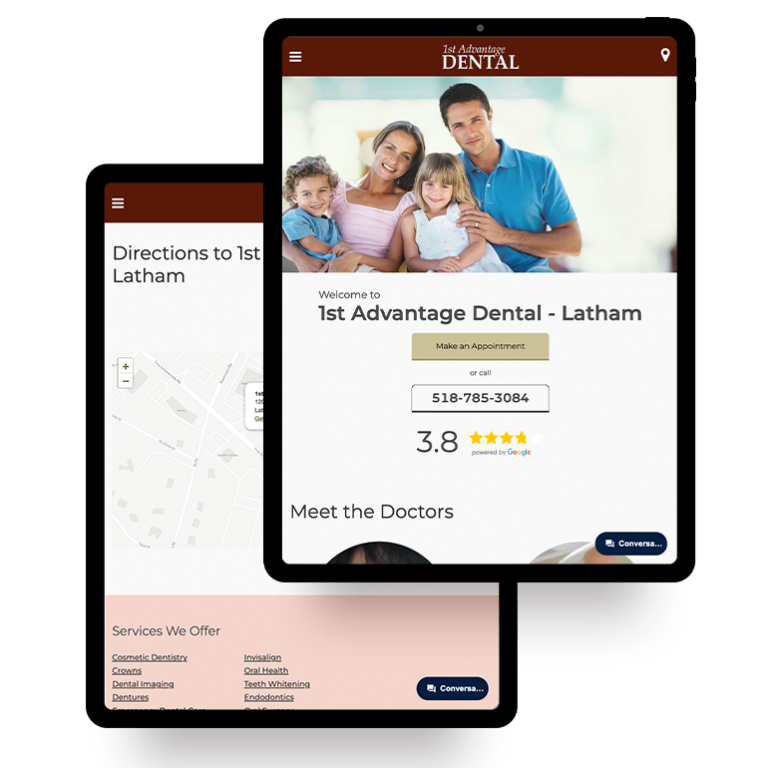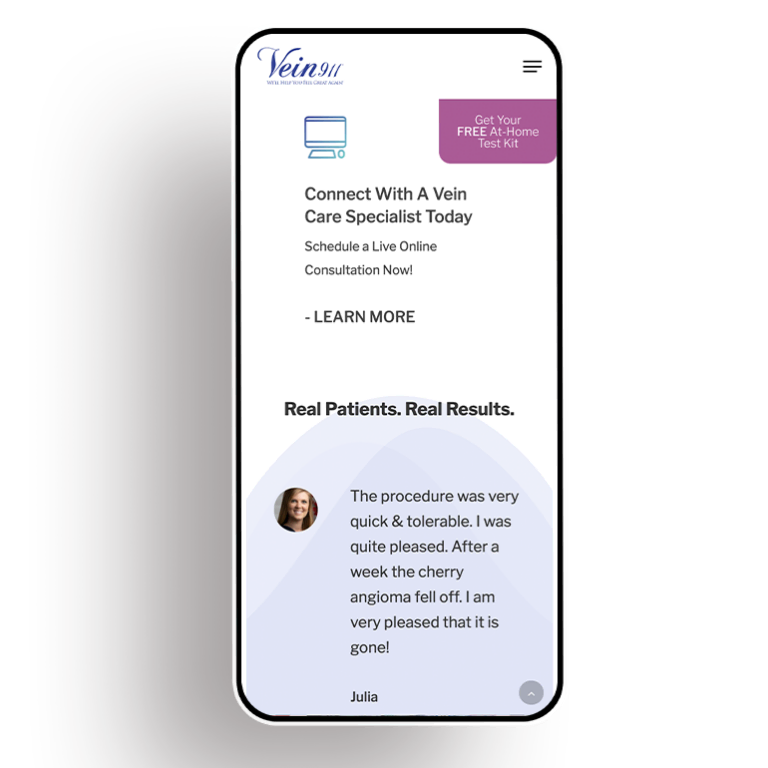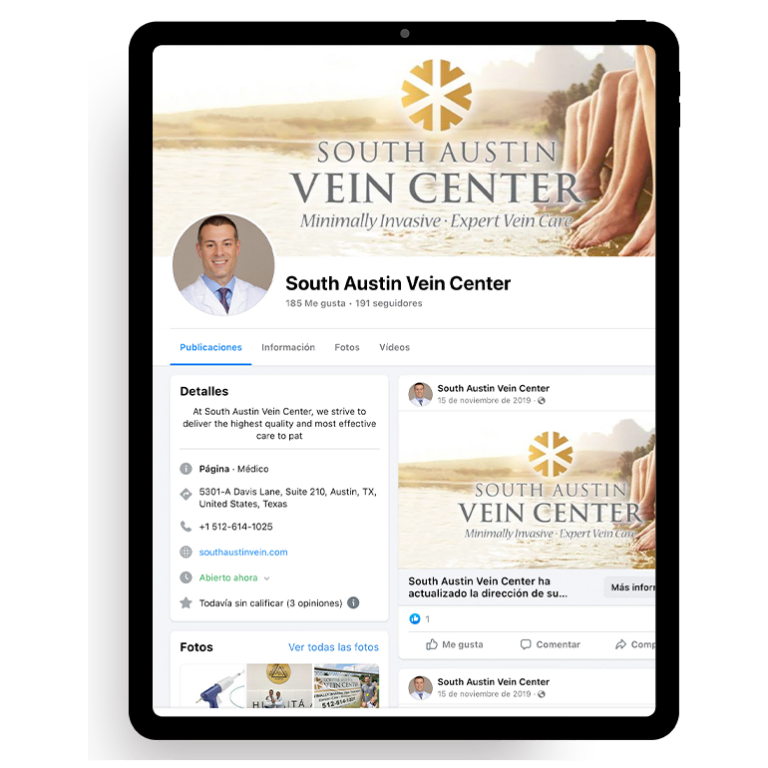As digital technologies become more sophisticated, new solutions are emerging to meet the unique needs of patients and physicians in rural areas.
Historically speaking, physicians in rural areas have been at a pretty significant disadvantage to their urban or suburban counterparts — put simply, these medical professionals have access to fewer resources, but are of course expected to deliver high quality care nonetheless. To make matters worse, Medicare payments to rural physicians are often much lower than those for equivalent services provided in urban areas. Though heartbreaking, it’s certainly not surprising that more than 470 rural hospitals have been forced to close their doors over the past 25 years.
The good news is that there’s a silver lining in all of this: over the past decade, the rise of the internet and other technological innovations have presented a new opportunity for these vital services to stay afloat despite seemingly insurmountable odds. As mobile access and internet connectivity spread to increasingly remote locations across the country, physicians are not only able to treat more patients than ever before — they’re also able to leverage digital media in order to market themselves more effectively and efficiently. This helps them generate a steady stream of new revenue at relatively low cost, enabling them to keep their doors open without having to sacrifice quality of care in the process.
Everyday Issues For Rural Physicians
One of the largest issues facing rural communities is an inadequate number of healthcare providers: 60% of Primary Medical Health Professional Shortage Areas are located in non-metropolitan areas. Even for baseline care, rural patients often have no choice but to travel great distances to the nearest medical facility; no matter the commitment of individual medical professionals, this scarcity of nearby care directly translates to lives lost. The isolation of rural patients can have truly tragic effects: while only one out of every three automobile accidents occur in rural areas, two out of every three accident-related deaths occur there.
Meanwhile, narrow profit margins remain a major limiting factor for rural healthcare. While urban practices have the capital to scale up investments, small population size and high poverty rates often limit profits for rural practices and make new investments difficult — if not impossible. Rural physicians often feel that nationwide attempts to improve medical services and lower medical costs fail to take into account their unique needs; as Dr. Niran S Al-Agba writes, “Either learn more about the challenges small or rural practices face, provide waivers (like No Child Left Behind did) for exemptions, invest in our infrastructure, or leave solo physicians and our practices alone.” Luckily, digital technologies are beginning to provide another alternative, by facilitating the development of services that target the unique needs of rural healthcare providers.
Telehealth Solutions
It’s true that many of the most successful rural practices thrive on the in-person doctor-patient relationship; but when face-to-face treatment is impossible, telehealth solutions provide a viable alternative. Even institutions that have taken a conservative approach to telehealth acknowledge its value in the case of rural medical care: Dr. Wah of the American Medical Association told Medscape that he considers medical specialists diagnosing and treating rural patients via telehealth technology to be appropriate, assuming the consultation is conducted under the guidance of the patient’s primary care physician.
Luckily, resourceful medical teams throughout the country have been hard at work developing telehealth services to treat underserved and hard-to-reach communities. Here’s one example: a team at Minot State University in North Dakota has developed a network to deliver telehealth services to individuals with developmental and other disabilities — individuals that might otherwise not receive treatment. A service like this is especially important, as disabled individuals in rural communities around the world often face unique challenges in accessing care.
Similar services are being used to train individuals without the traditional means to become a medical professional. The Cheyenne River Sioux Tribe has implemented a long-distance training program for unemployed individuals aspiring to undertake entry-level healthcare positions at a senior-assisted living facility located on the reservation. Approaches like these may help minimize the number of Primary Medical Health Professional Shortage Areas throughout the country.
The Power of Digital Marketing
While telehealth services have addressed issues surrounding access to care, both from a patient and physician perspective, rural hospitals and small practices still need to generate new revenue in order to stay afloat. However, traditional advertising channels, such as billboard ads, TV commercials, and radio spots, are not particularly cost-effective tactics, especially in remote and sparsely populated areas. With no way to target specific patient demographics, track performance, and shift messaging or ad spend accordingly, these healthcare professionals often find themselves hemorrhaging invaluable resources with little or no guarantee of a return on their investment.
Digital marketing offers advanced targeting and data analytics capabilities, making it possible for medical organizations in rural areas to reach specific patient demographics with highly personalized messaging, but without the significant operational overhead associated with a traditional media-centric campaign. Moreover, the flexibility and performance monitoring offered by most digital ad platforms allows hospitals and medical practices to scale their ad spends in accordance with capacity and budgetary restrictions, which is invaluable in regions where every dollar counts.
The point is, digital technologies aren’t just transforming healthcare in major metropolitan centers — they’re extending the reach and longevity of vital medical services in historically underserved and underfunded rural areas.































































 Smart Design Creates New Patient Opportunities
Smart Design Creates New Patient Opportunities